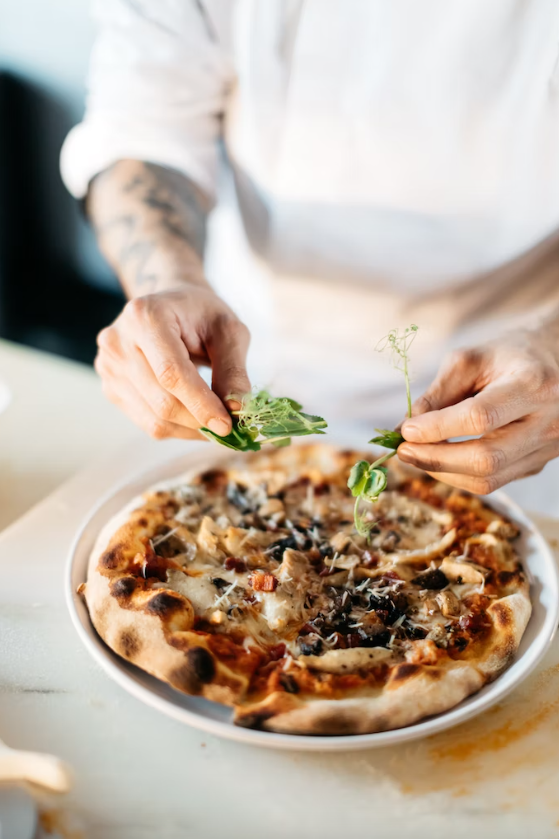Lemon tart is a beloved classic dessert. With its tart and sweet flavor, it is perfect for any occasion!
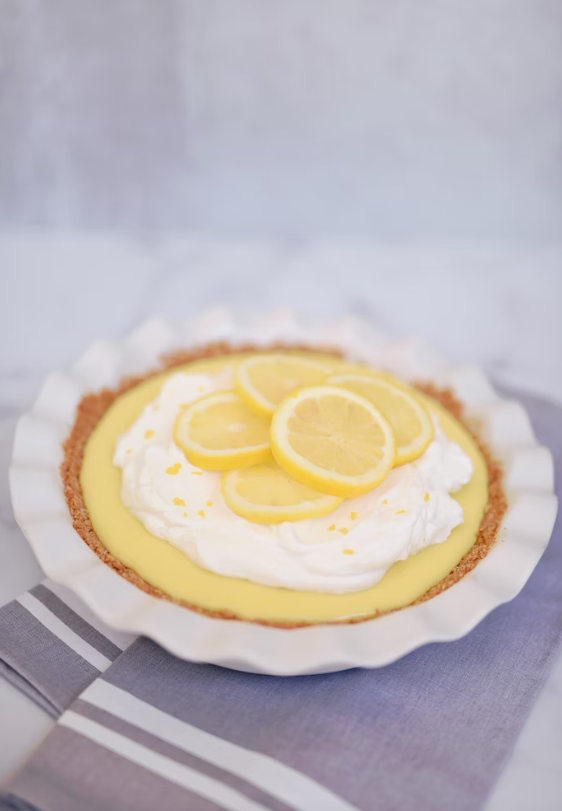
Whether you’re hosting a dinner party, celebrating a special occasion or just in the mood for something sweet, lemon tart is the perfect dessert. Here, we’ll show you how to prepare a delicious lemon tart that is sure to impress your guests.
Ingredients
To make a lemon pie, you’ll need the following ingredients:
- 1 9-inch pie crust
- 1 cup granulated sugar
- 1/4 cup cornstarch
- 1/4 teaspoon salt
- 1 1/2 cups water
- 1/2 cup fresh lemon juice
- 3 egg yolks, beaten
- 2 tablespoons unsalted butter
- 1 tablespoon lemon zest
Instructions
Step 1
Preheat your oven to 350°F (175°C).
Step 2
Blind-bake your pie crust for 10-12 minutes until golden brown. Set aside to cool.
Step 3
In a medium saucepan, whisk together the sugar, cornstarch, and salt. Gradually whisk in the water and lemon juice until smooth.
Step 4
Cook the mixture over medium heat, whisking constantly, until it thickens and comes to a boil. Boil for 1 minute, then remove from heat.
Step 5
In a small bowl, beat the egg yolks. Gradually whisk in about 1 cup of the hot lemon mixture to temper the eggs.
Step 6
Pour the egg mixture back into the saucepan and cook over low heat, whisking constantly, for 2-3 minutes, until thickened.
Step 7
Remove the saucepan from heat and stir in the butter and lemon zest until the butter is melted and the mixture is smooth.
Step 8
Pour the lemon filling into the cooled pie crust and smooth the top with a spatula.
Step 9
Bake the pie for 12-15 minutes until the filling is set.
Step 10
Cool the pie on a wire rack, then refrigerate for at least 2 hours before serving.
History and Evolution of Lemon Pie
Lemon pie has been a beloved dessert in America for over a century. The origins of lemon pie can be traced back to the late 1800s when citrus fruits were becoming increasingly popular in the United States. At the time, lemons were often used for medicinal purposes, but people soon discovered that they could be used to add flavor to food as well.
The first lemon pie recipe appeared in a cookbook called “The Good Housekeeping Everyday Cookbook” in 1903. The recipe called for a filling made with sugar, lemon juice, and egg yolks, baked in a pastry crust. Over time, variations of the recipe were developed, adding ingredients like cornstarch or condensed milk to create a creamier texture.
Today, lemon pie remains a classic dessert that’s loved by many. While the recipe has evolved over time, the basic elements of a sweet and tangy lemon filling baked in a flaky pie crust remain the same.

Properties of Lemon
Lemons are not only delicious but also have numerous health benefits. They are high in vitamin C, which is essential for a healthy immune system.lemons contain antioxidants that can help protect the body against free radicals, which can cause cell damage.
Lemons also have anti-inflammatory properties and can help lower cholesterol levels. They are also believed to aid in digestion and can help prevent kidney stones. Drinking warm water with lemon juice first thing in the morning is a common practice for many people seeking to boost their health and immunity.
When it comes to baking, lemons add a burst of tangy flavor to desserts like lemon pie. The acidity of the lemon juice can also help balance out the sweetness of the filling, creating a perfect balance of flavors.
Decorating a Lemon Pie
To make your lemon pie look as good as it tastes, you can try different decoration ideas. Some popular options include adding a whipped cream topping with lemon zest or fresh berries, placing thin slices of lemon on top, creating peaks in the meringue, using candied lemon peel, or using cookie crumbs for a unique crust. These simple yet creative ideas can take your lemon pie to the next level.
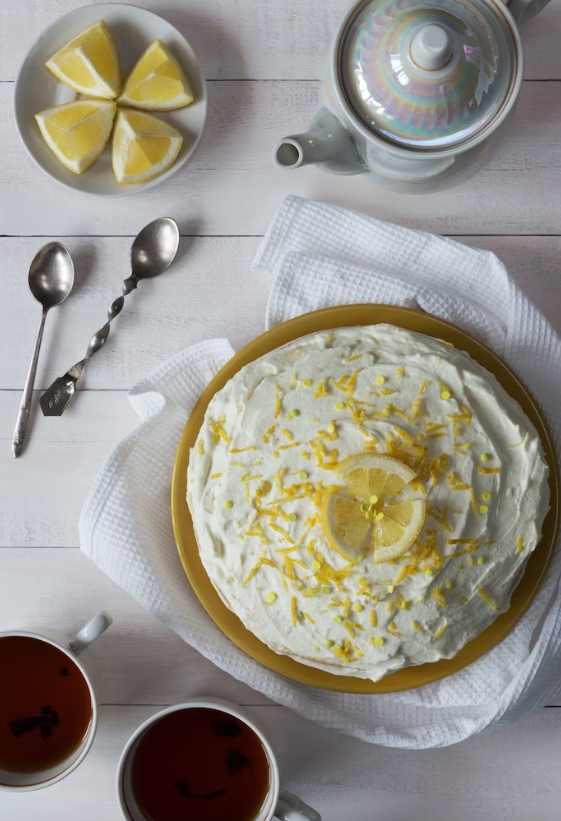
Variations of Lemon Pie
While traditional lemon pie is made with a graham cracker crust and a creamy lemon filling, there are many variations of this classic dessert that you can try. Here are a few ideas to inspire your next baking project:
Lemon Meringue Pie
This classic variation of lemon pie features a light and fluffy meringue topping. The meringue is made by whipping egg whites and sugar until stiff peaks form, and then baking it in the oven until it’s golden brown. The tangy lemon filling pairs perfectly with the sweet and airy meringue.
Lemon Cheesecake Pie
For those who love cheesecake, this variation of lemon pie is sure to be a hit. It’s made with a graham cracker crust and a creamy cheesecake filling that’s infused with lemon zest and juice. Top it off with some whipped cream and fresh berries for a delicious and elegant dessert.
Lemon Cream Pie
This variation of lemon pie features a lighter, creamier filling than traditional lemon pie. It’s made with a mixture of whipped cream, sweetened condensed milk, and lemon juice, creating a silky and smooth texture that’s perfect for warm weather.
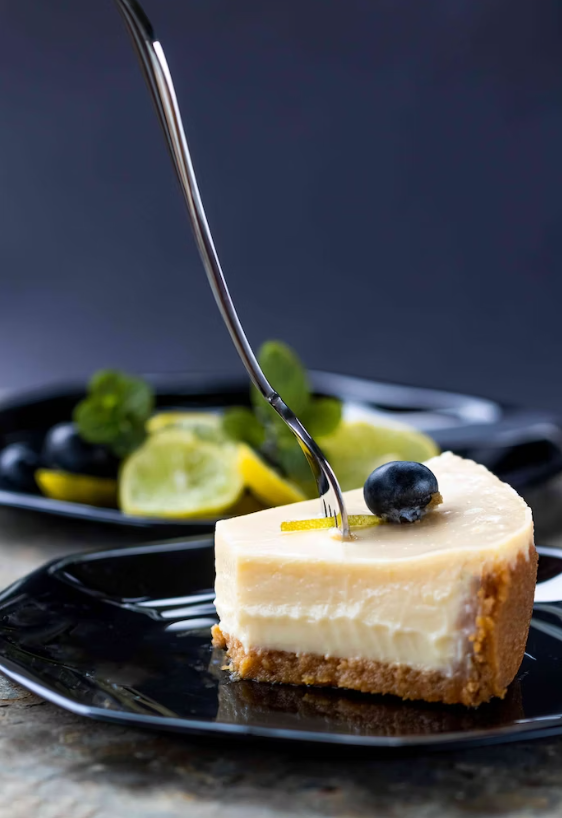
Lemon Blueberry Pie
For a fruity twist on lemon pie, try adding fresh blueberries to the filling. The sweet and tangy flavors of the lemon and blueberries complement each other perfectly, creating a delicious and colorful dessert that’s perfect for spring and summer.
If you’re looking for a dessert to impress your guests, try making a homemade lemon pie. With its delicious filling and golden crust, it’s sure to be a hit. And if you want to add a touch of Latin flavor to your dessert table, you’ll love this fabulous recipe: Arroz con leche puerto rico. Your guests will love the creamy rice pudding, flavored with cinnamon and vanilla.
So the next time you’re in the mood for something sweet, try making one of these delicious desserts. And don’t forget to check out for arroz con leche for a tasty and comforting treat.

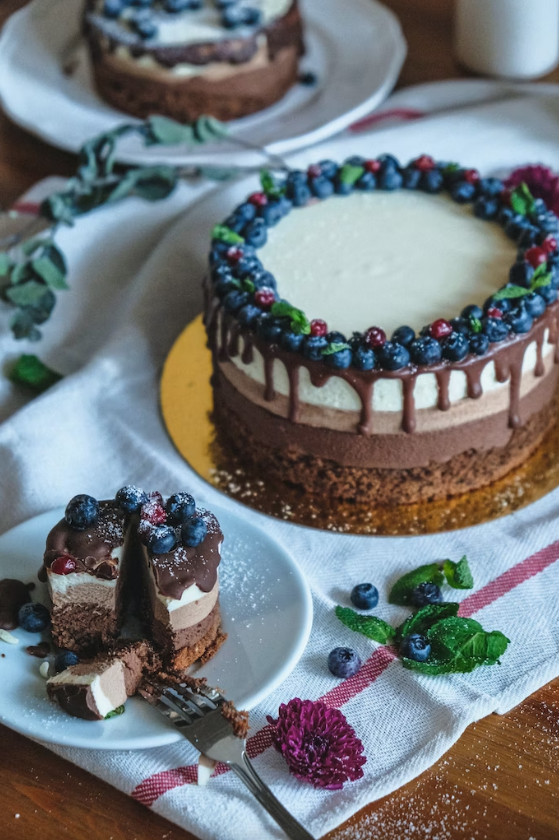
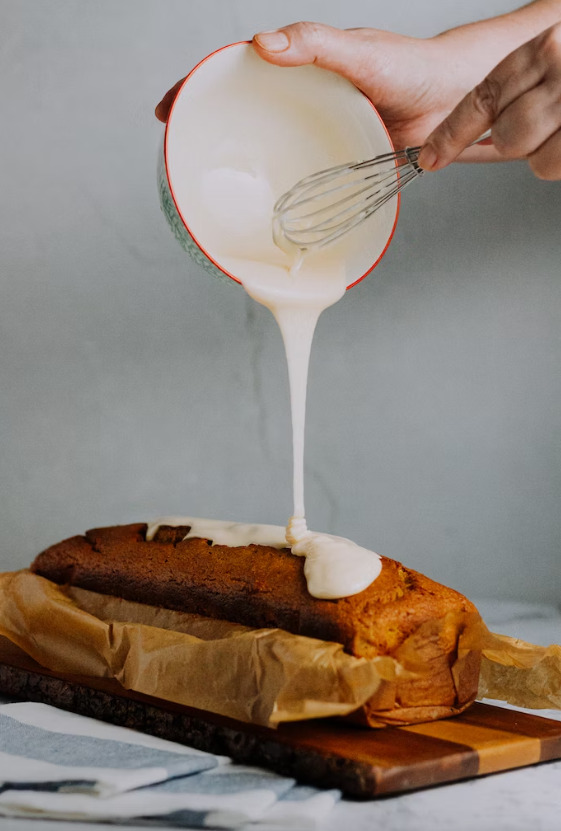
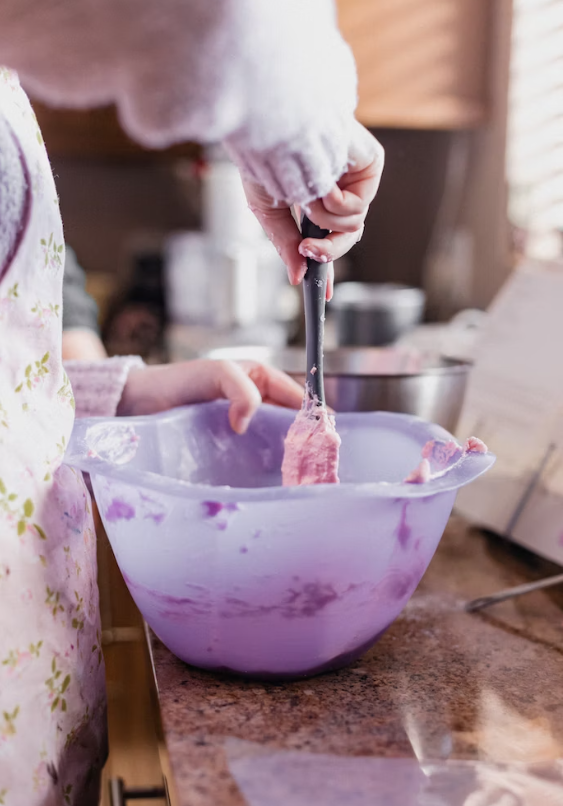
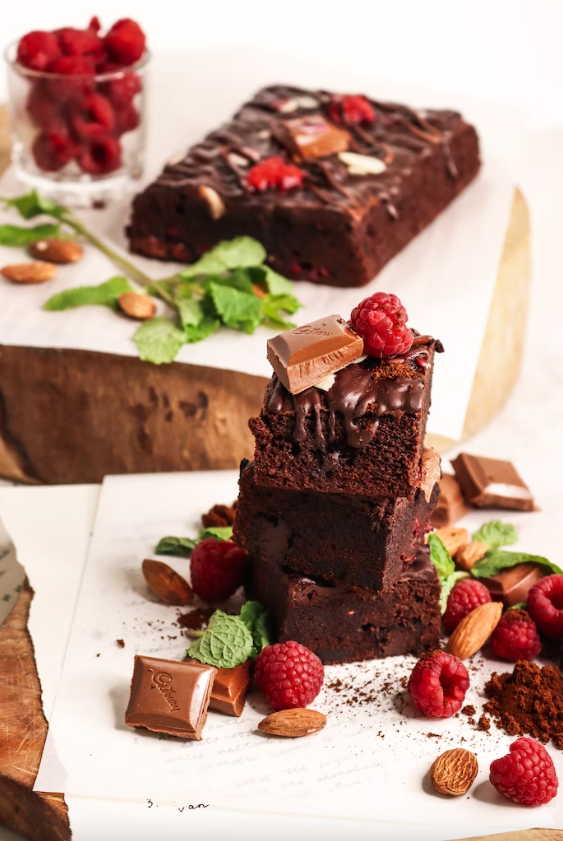 Photos By: Unsplash
Photos By: Unsplash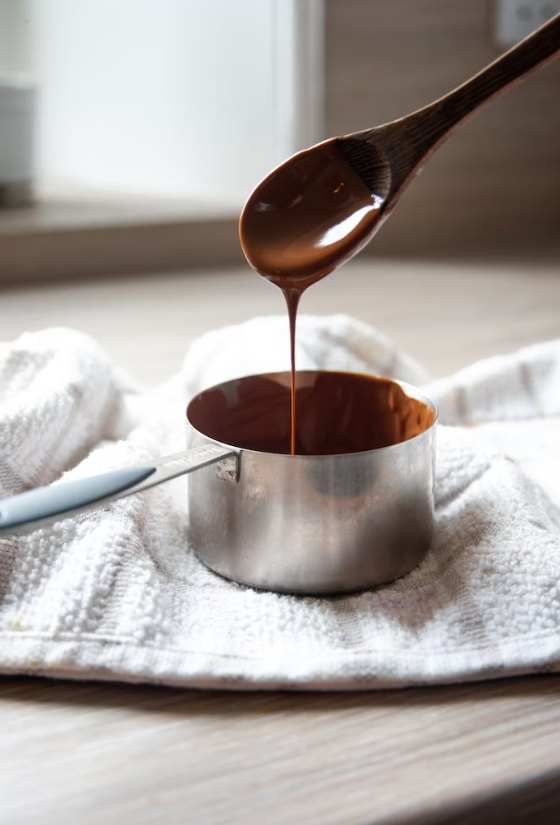
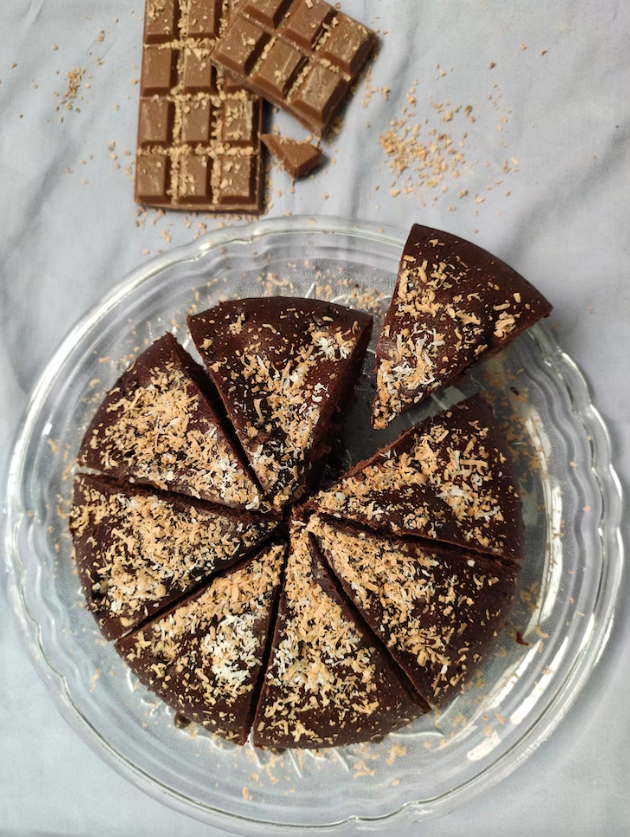
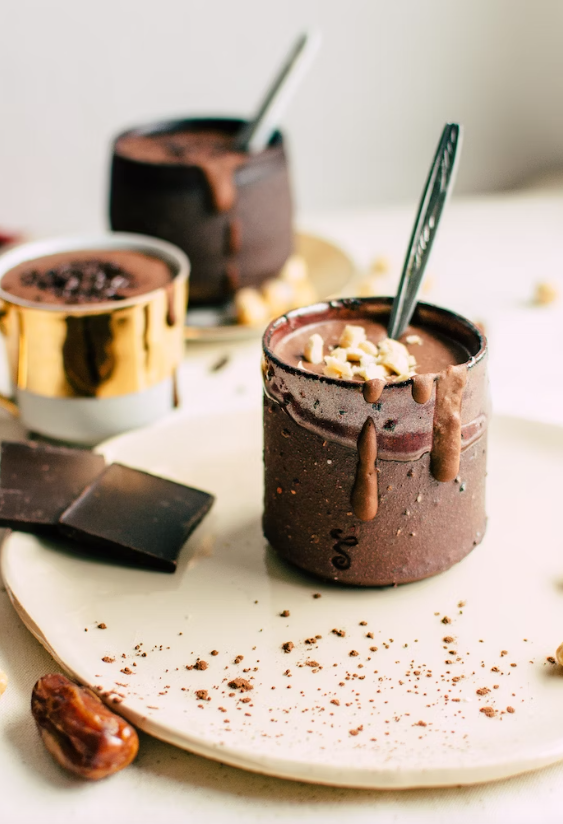
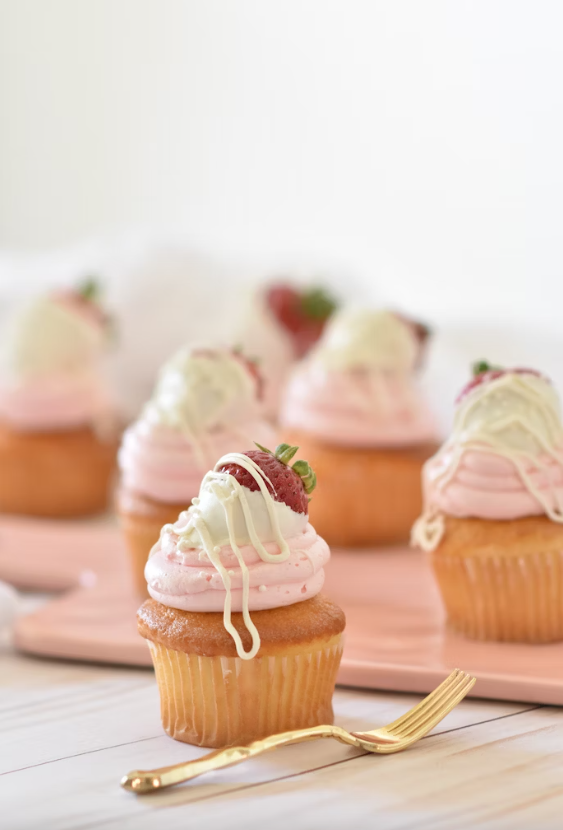 Photos By: Stock Images
Photos By: Stock Images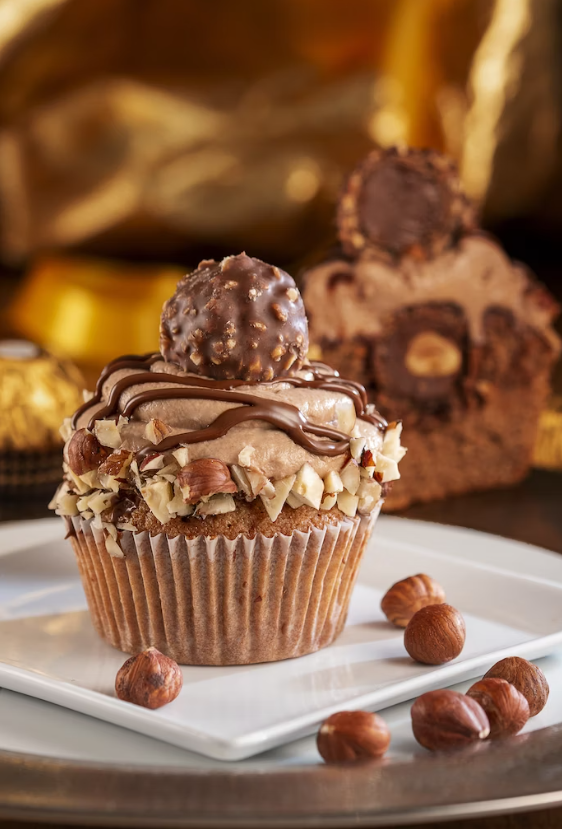
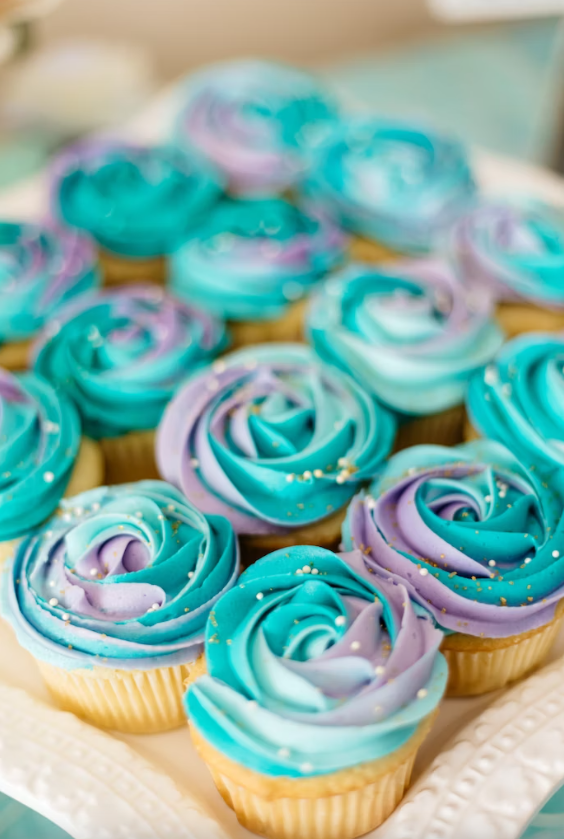
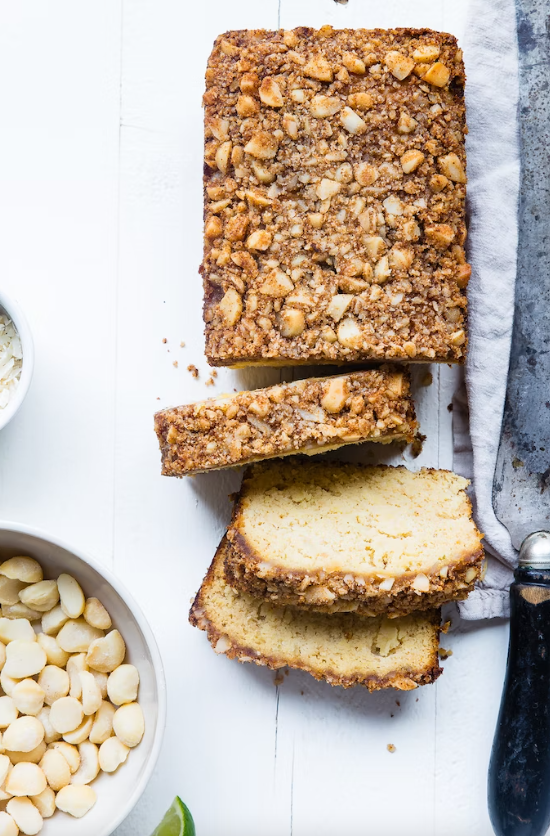 Photos By: Stock Images
Photos By: Stock Images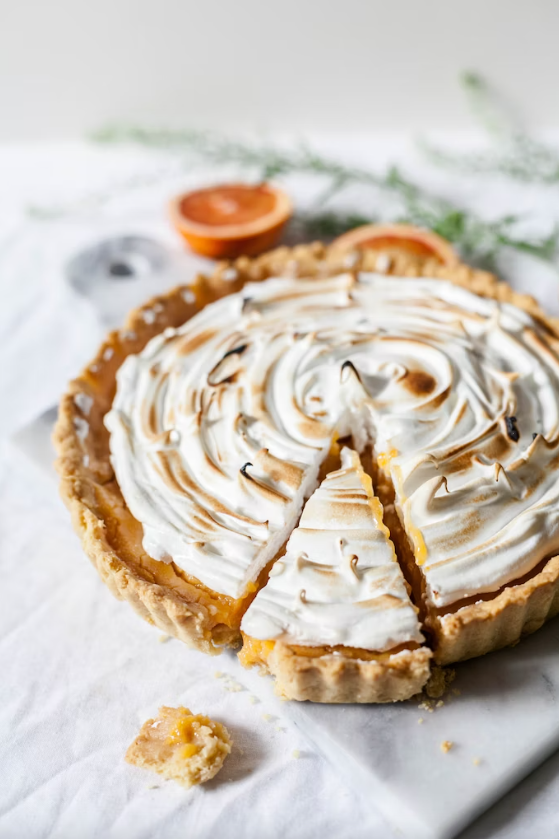
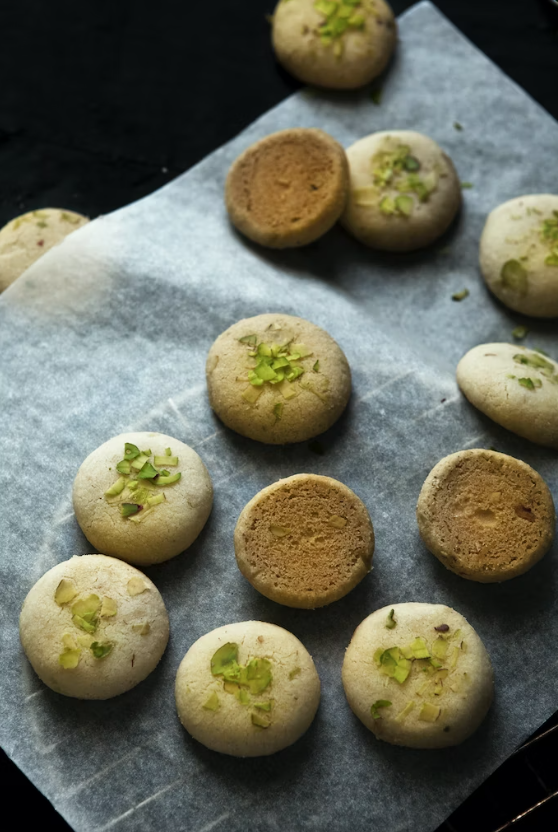
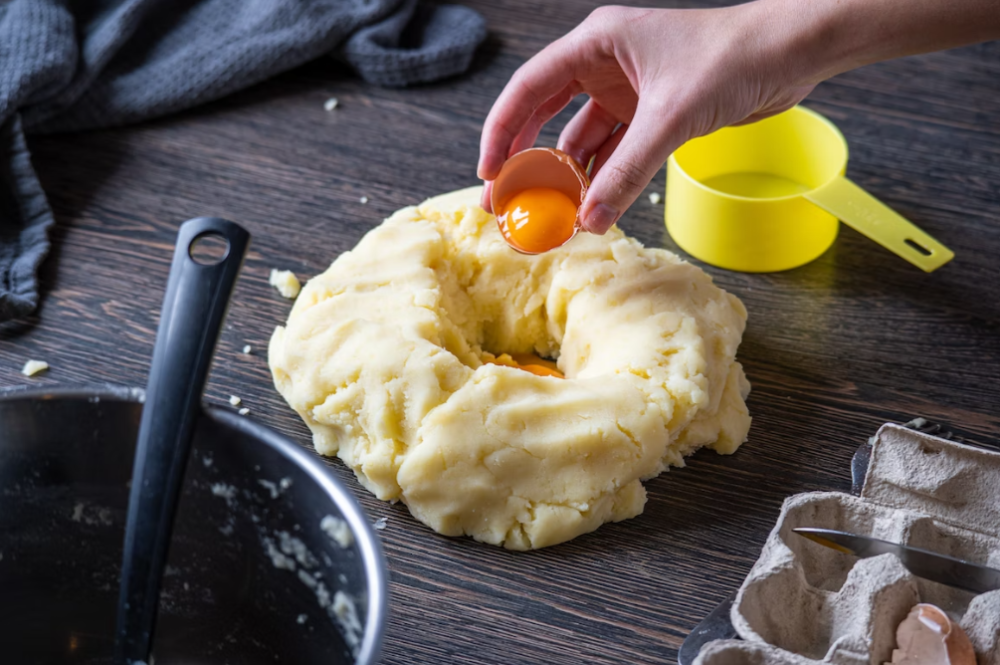 Photos By: Unsplash
Photos By: Unsplash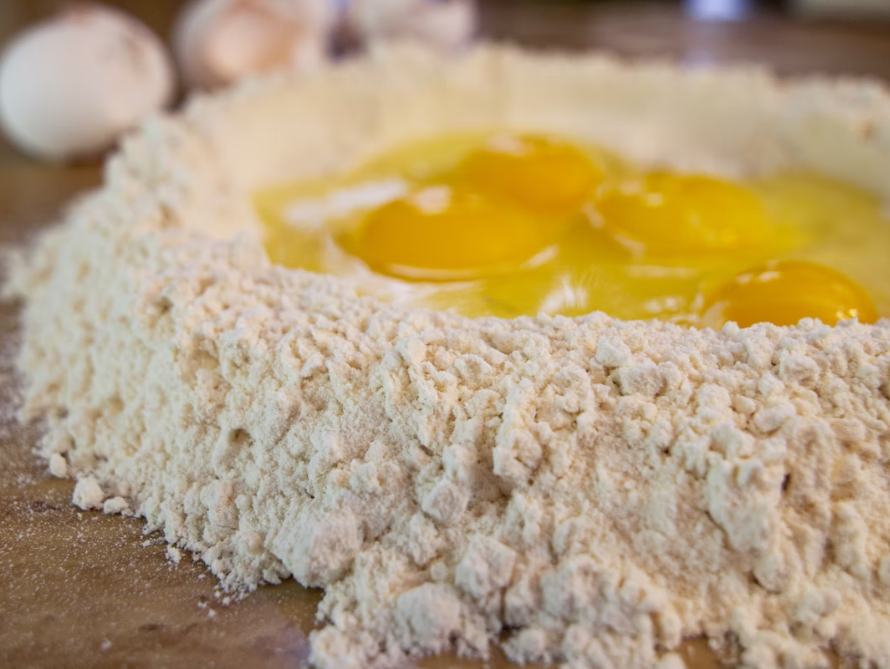
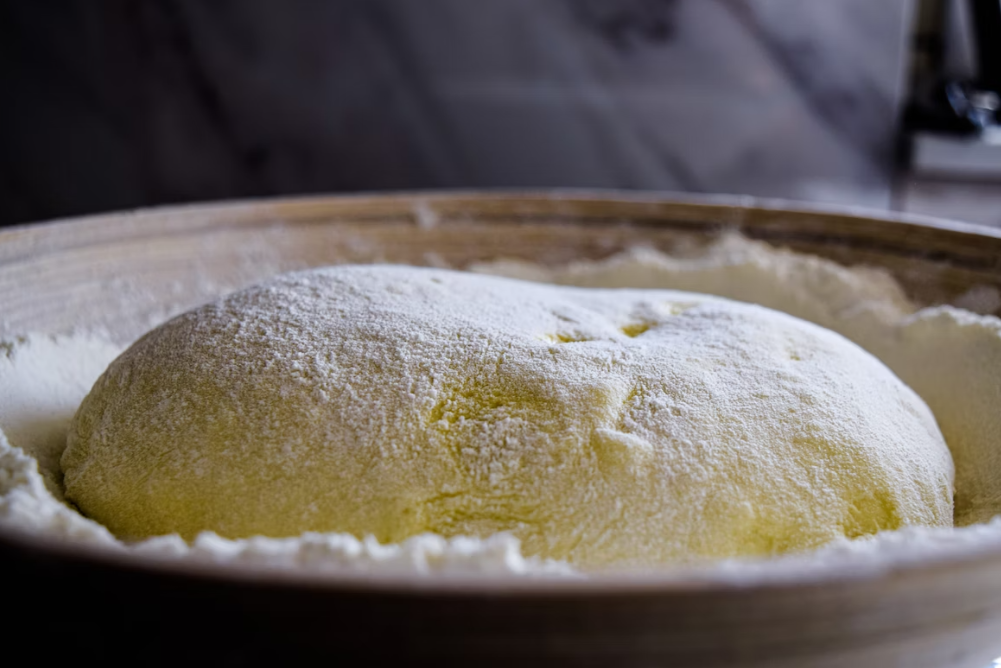
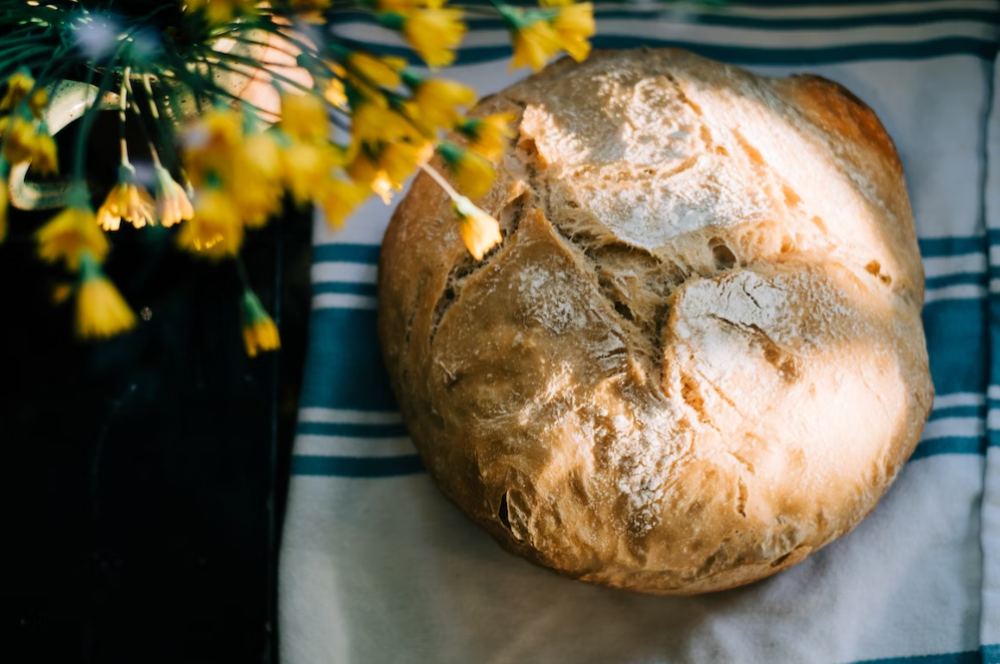
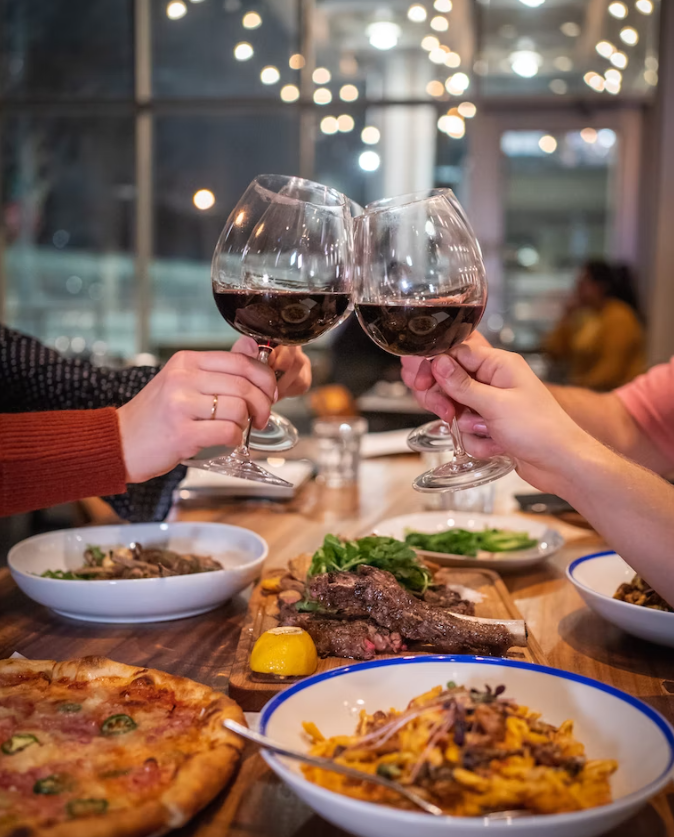 Photos By: Unsplash
Photos By: Unsplash